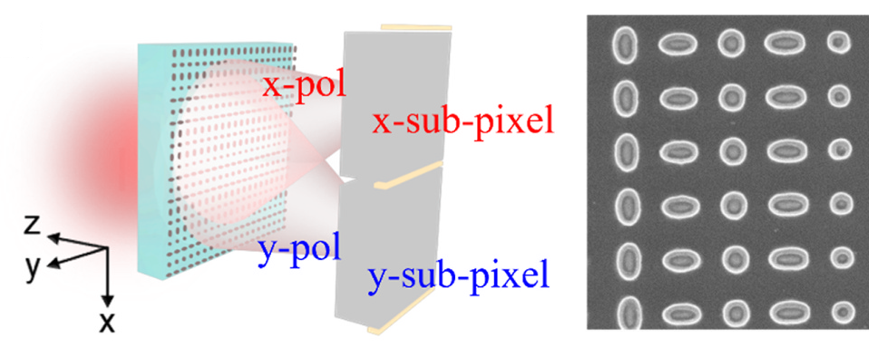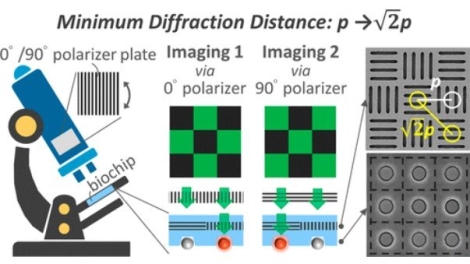Top-Illuminated Organic Photodetectors beyond 1000 nm Wavelength Response Enabled by a Well-Defined Interfacial Engineering

Adv. Opt. Mater. 2021, 10, 2101723.
Top-Illuminated Organic Photodetectors beyond 1000 nm Wavelength Response Enabled by a Well-Defined Interfacial Engineering
J. L. Wu, L. H. Lai, Y. T. Hsiao, K.W. Tsai, C. M. Yang, Z. W. Sun, J. C. Hsieh, and Y. M. Chang, Adv. Opt. Mater. 2021, 10, 2101723.
VisEra achieves an outstanding external quantum efficiency of 74% with a responsivity of 0.64 A W−1 and a detectivity of 6.6 × 1012 Jones.
Near infrared (NIR) and shortwave infrared (SWIR) image technologies are of interest for many emerging applications. Among photodetector technologies, organic photodetectors (OPDs) are groundbreaking light sensors with unique photon-to-electron responses at various wavelengths that offer limitless flexibility in field applications due to the tunable design of organic semiconductors. Herein, a top-illuminated OPD deposited on bottom aluminum electrode with a spectral response beyond a wavelength of 1000 nm is reported, which suggests a feasibility for image sensors integrated with bottom readout circuit. The results reveal that a device composed of aluminum-doped zinc oxide, nickel oxide, and indium-doped zinc oxide as hole blocking layer, hole transporting layer, and transparent top electrode, respectively, shows the best performance at a wavelength of ≈1000 nm, achieving an outstanding external quantum efficiency of 74% with a responsivity of 0.64 A W−1 and a detectivity of 6.6 × 1012 Jones. The device also performs a fast photocurrent response time of 9.8 µs and a linear dynamic range of 98 dB. To the best of knowledge, this device performance is one of the best reported to date for NIR and SWIR OPDs. The values are also comparable to commercially available inorganic photodetectors.













